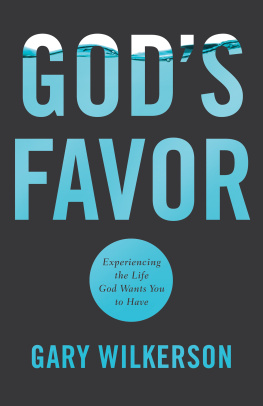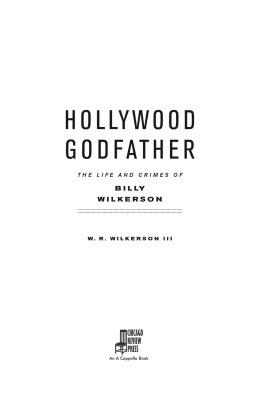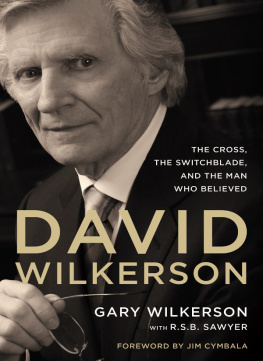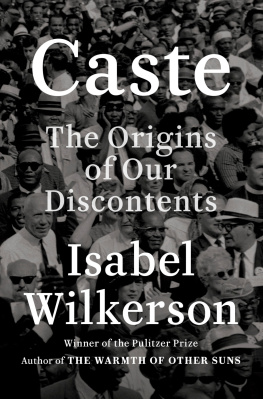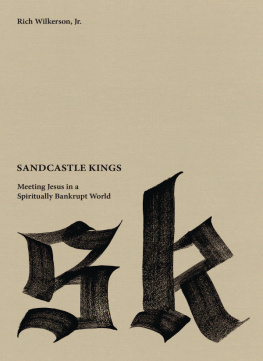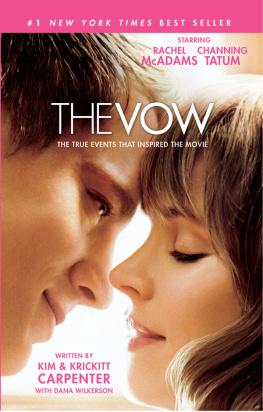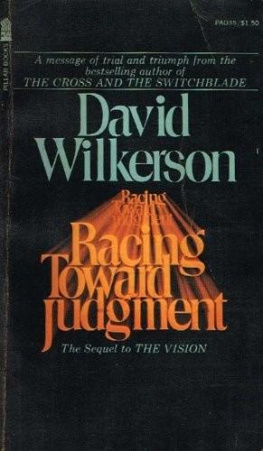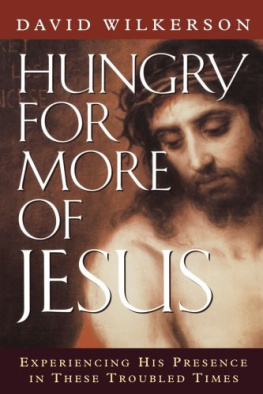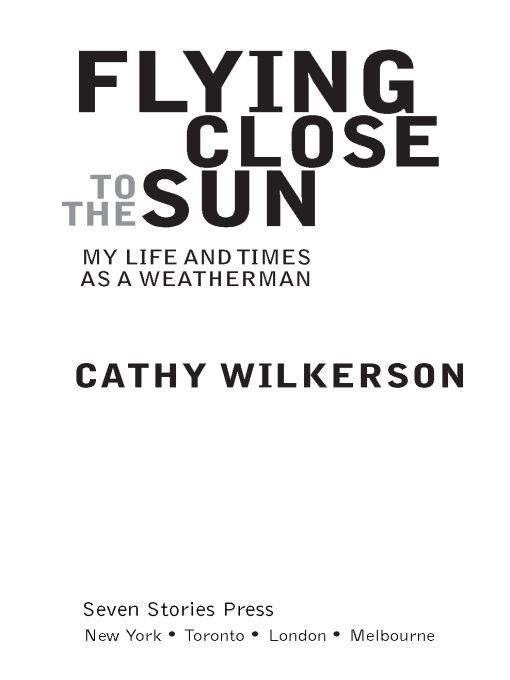Table of Contents
This book is dedicated to
Ted Gold
Diana Oughton
Terry Robbins
and all the others who gave their lives during the upheavals of the 60s and 70s
The people will live on.
The learning and blundering people will live on.
They will be tricked and sold and again sold
And go back to the nourishing earth for rootholds,
The people so peculiar in renewal and comeback,
You cant laugh off their capacity to take it.
The mammoth rests between his cyclonic dramas.
This old anvil laughs at many broken hammers.
There are men who cant be bought.
The fireborn are at home in fire.
The stars make no noise.
You cant hinder the wind from blowing.
Time is a great teacher.
Who can live without hope?
Carl Sandburg, from Where to? what next?
We forget that the necessary ingredient needed to make the past work for the future is our energy in the present, metabolizing one into the other.
Audre Lorde
INTRODUCTION
On the morning of March 6, 1970, in the subbasement of 18 W. 11th Street in Greenwich Village, a piece of ordinary water pipe, filled with dynamite, nails, and an electric blasting cap, ignited by mistake. Seconds later, the shock waves from this pipe bomb set off a secondary explosion of dynamite sticks in a nearby packing box.The whole townhouse rose up a foot or two, shattering bricks and splintering wooden beams, and then was transformed into dust and rubble, shuddering in a deep pit in which a ruptured gas main burst into flame. The narrow four-story structure, which was completely demolished by these two explosions, had been the home of my father and stepmother. I had been staying there briefly with some friends while my parents were away on vacation. Only two of us survived.
This book is an investigation of how my friends and I came to be there at that moment and what I believed we were trying to do. Because the explosion in the townhouse has become somewhat iconic in 60s lore, a piece of my own story has been incorporated into the narratives of countless others.Womens voices, however, have been noticeably absent in those narratives, although in the past few years this has begun to change. My efforts now to be part of the public discourse are an extension of the story itself in which, as a young person, I struggled to define my humanity independently of the public expectations of my class, gender, and race.
Many in my generation were deeply moved by the post-World War II rhetoric of liberal Christianity, Judaism, and democracy. As we came of age, the civil rights movement allowed us to see that our horizons did not need to be limited by the constraints handed down by our families and schools. For young women especially, the movement offered opportunities unavailable almost anywhere else; there we could learn about the political configurations of our world and take part in the public discourse about our collective future.
Those of us in Students for a Democratic Society (SDS) and, later, Weatherman, saw ourselves as part of a worldwide uprising of young people working for freedom and equality. By the late 60s, a great many young people were reeling from the rapid bombardment of many ideasabout feminism, national liberation, black nationalism, environmental destruction, and the apparent impotence of our electoral system.We ricocheted from event to event: violent attacks against buses of school children; US incursions into the Dominican Republic and Laos, as well as Vietnam; the assassinations of activists; and FBI dirty tricks. Presented with both national and world events that were emotionally overwhelming, and ill-prepared to make the choices that lay in front of me, I made a series of decisions, from a standpoint of rage, hopelessness, and fear, in which I accepted the same desanctification of human life practiced by Richard Nixon, Henry Kissinger, and William Westmoreland. I accepted their supposition that, in the end, violence is the only effective strategy for social change; that might makes right, despite the fact that treasuring humanityand each life within itwas one of the values that I had fought for. I abandoned myself to the sanctimoniousness of hating my enemies.
Actions had been planned for that March of 1970, some details of which I had only cursory knowledge.What I felt deep down, but did not allow myself to acknowledge or express, was that this plan was so ill-conceived on so many levels that the chance of an accident happening somewhere along the way was almost inevitable.The intention, as far as I know, was not to cause carnage but chaos, the disruption of life as usual. It is a characteristic of rage and despair, however, that consequences are not thought through with any clarity beyond the immediate, desperate need to make a subjective statement. In my imagination, I saw splintered wood and a jumble of table and chairs and wounded soldiers. I saw Vietnam. But mostly I thought about the political impact, not about individual lives. In reality, if we had succeeded in our early phase of the plan, the damage could well have been more deadly than it was.
The violence of the era I discuss here was not significantly worse than that of earlier times, when feudalism, slavery, religious or tribal tyranny, and natural disasters devastated whole populations.The centralized political structures and powerful technologies that have helped contemporary society to moderate the impact of floods and epidemics, however, have provided us with the capacity to inflict significantly more damage in the ceaseless warring for dominance that has characterized much of humanitys sojourn on the planet.
How do young people today make sense of the violence all around them? How do they construct a coherent view of the world amid conflicting messages, many of which use the language of rights, addiction, entitlements, and fear? I hope that my story from the past will shed some light on the urgency young people feel to seek coherence in an incoherent world.
I dedicate this book to the three people killed in the townhouse. Each of these people was motivated, like I was, primarily by the passionate wish that the privileges of family, friends, adequate food, housing, education, and relative safety be accessible to all of the billions of people on the planet who were desperately trying to climb out of poverty and dislocation. Each of them also believed that the only moral choice was to act, despite a host of unanswered questions; to be passive was to acquiesce in the diminishment of their humanity. Their deaths led me, and many others, to begin to turn away from responding to violence with violence and self-sacrifice, and to search for a different paradigm for change.
The fifth person in the townhouse that day was Kathy Boudin.While Kathy and I had both been in SDS for years, I had not spoken with her before until the previous summer in Cleveland, and did not know her well. Kathy is still on parole after twenty-two years in prison on an unrelated charge incurred more than ten years after the townhouse explosion. I have chosen not to speak for her at all, so that she can elaborate on her own story should she ever chose to do so. Consequently, she appears in this book only at the moment of the explosion and in a few references to public documents.


